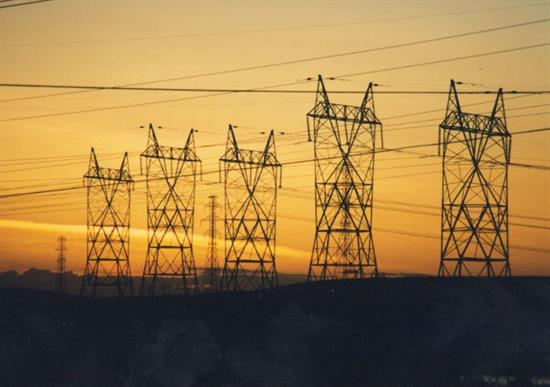The Green New Deal’s Impossible Electric Grid
Washington,
February 22, 2019
The Democrats’ Green New Deal calls for a fully renewable electric power grid. Regardless of the economic or political challenges of bringing this about, it is likely technologically impossible.
An electric power grid involves second-by-second balancing between generated supply and consumer demand. In the case of a sudden imbalance—such as from the loss of a generator’s output—all the remaining generators on the grid instantaneously pool together. Each one pitches in a small part of the required power to make up for the lost generator fast enough to keep supply and demand balanced. This doesn’t work for wind and solar because you can’t spontaneously increase wind or sunshine. Hydro power is limited and unevenly distributed around the country. And for safety reasons, nuclear power—even if the Green New Dealers accepted it—can’t be cranked up to neutralize imbalances. Nor can consumer demand be suddenly reduced enough. Fossil-fuel turbines, by contrast, very naturally compensate for sudden supply outages. The inertia of the spinning mass of rotors provides the extra energy needed to compensate for the loss for the first few seconds. (Wind-rotor inertia is too short-lived.) Meanwhile the generators’ on-line reserve capacity kicks in, giving a rapid boost in power output to prevent the turbines from slowing down. That substitute power, called “governor response,” lasts as long as 15 minutes. During that time a single replacement generator ramps up to compensate entirely for the loss. All the turbines on the grid are thereby restored to their original speed, and the governor response is rearmed for the next disturbance. An all-renewables grid would require prohibitively expensive battery storage to compensate for sudden power losses. Even with batteries, the lost power would have to be fed through “inverters”—a technology that converts variable-wind-speed alternating current, solar-power direct current, and battery-power direct-current into alternating current—to allow for synthetic inertia and governor response in the case of a disruption. But according to a 2017 report from the Institute of Electrical and Electronics Engineers, if a large enough share of the power grid flows through inverters, the grid itself may collapse. Existing inverter technologies have faced serious software problems and prompted outages where they have been deployed. The IEEE is trying to create a global standard for inverter design—though heavy input by Chinese suppliers bent on commandeering the technology may pose a national-security risk if the U.S. were to incorporate the standard. How could the market price in the cost of providing rapid replacement energy that renewable sources can’t provide reliably? The entity that caused the outage should need to pay. Yet the power industry—to say nothing of the Green New Dealers—hasn’t given this much thought. An all-renewables power grid is destined to collapse. This piece written by Robert Blohm and titled "The Green New Deal’s Impossible Electric Grid" is available online here. Mr. Blohm is an elected member of the Operating Committee and the Standards Committee of the North American Electric Reliability Corp., the continental bulk electric system’s reliability regulator designated by the U.S. Energy Policy Act of 2005 and by all the Canadian provinces’ energy regulators. |


